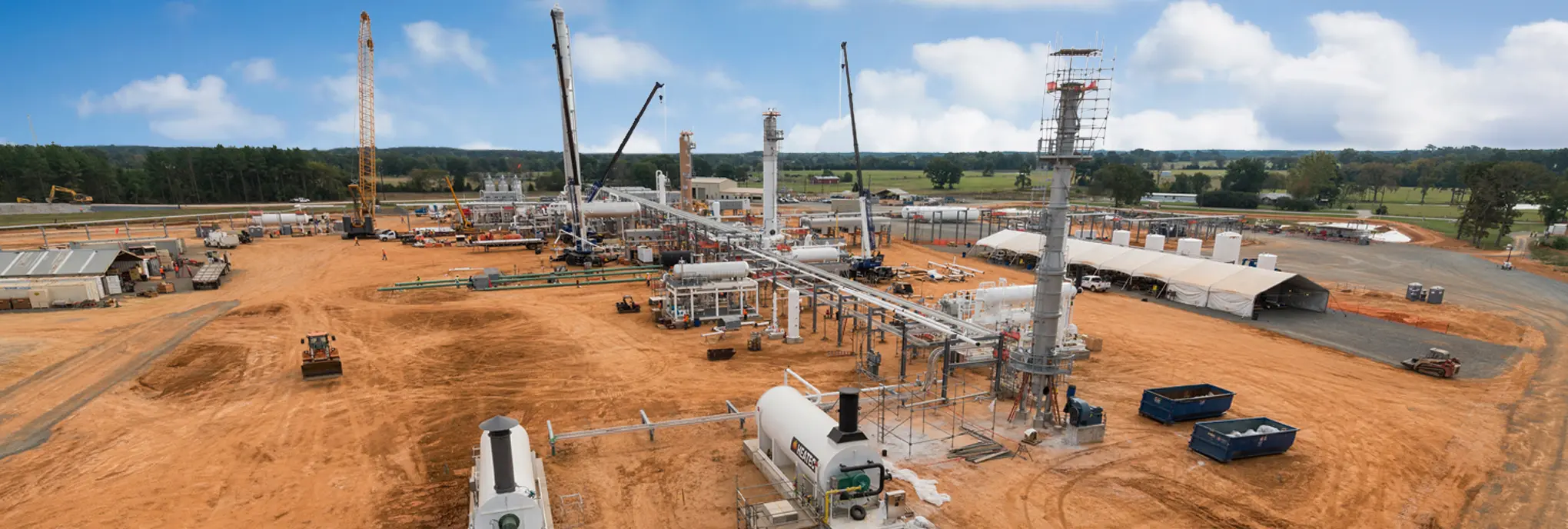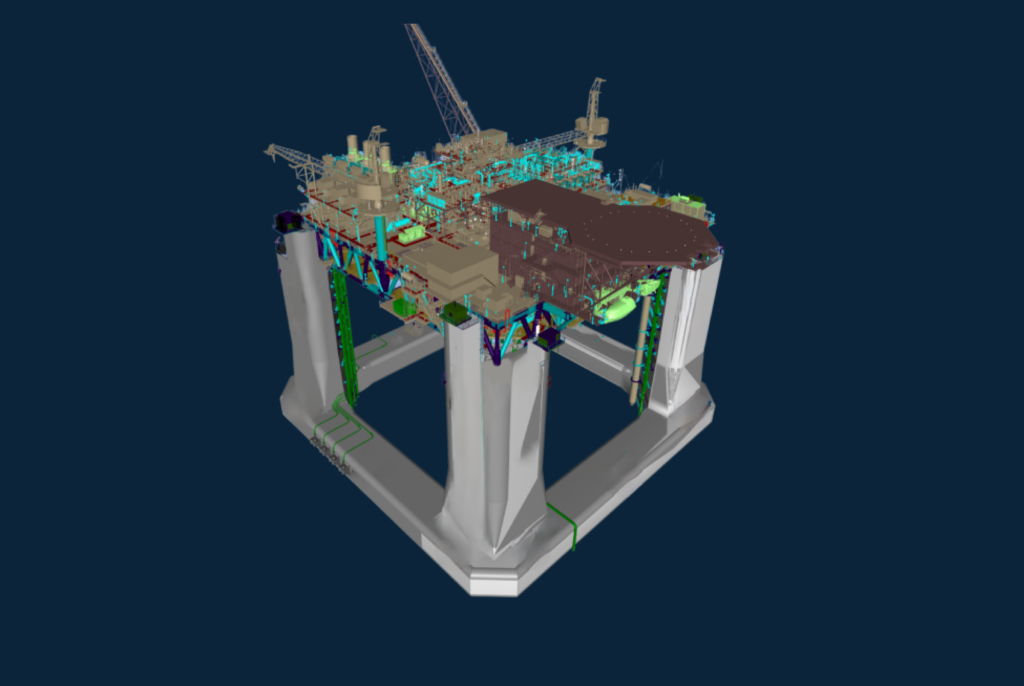

Want to share this article?
Gulf of Mexico’s Lower Tertiary Could Contain $1.5 Trillion in Recoverable Oil
After significant decline in the wake of the Deepwater Horizon incident in 2010, drilling operations in the Gulf of Mexico are finally ramping back up.
Most of the current activity has been centered on the Gulf’s Miocene reservoir, a proven oil-producing formation that’s no stranger to deepwater drilling. In more recent months, however, a great deal of attention has shifted to the Lower Tertiary – a formation which many experts believe could contain a large enough volume of oil to transform the global energy landscape.
Characterized by much older strata, early estimates indicate that the Lower Tertiary could contain an as much as 15 billion barrels of recoverable oil – nearly double the amount in the Bakken and Three-Forks shale formations and worth approximately $1.5 trillion on the current market.
Although many experts expect the Lower Tertiary to become the GoM’s primary source of oil over the next two decades, extreme pressures and temperatures in the formation will make for high production costs. Even with recent advancements in computing power, 3D seismic imaging, and drilling techniques, taking advantage of this ultra-deep reserve will certainly be an uphill battle.
So far, drilling in the formation has yielded relatively high success rates, but with initial capital investments exceeding $100 million and operating costs of as much as $1 million per day on top of that, it still carries a high degree of risk.
Analysts anticipate that drilling operations in the Gulf of Mexico will increase in the coming years and according to researchers at Wood Mackenzie Ltd., by 2020, oil production in the Gulf could reach as high 2 million barrels per day.












